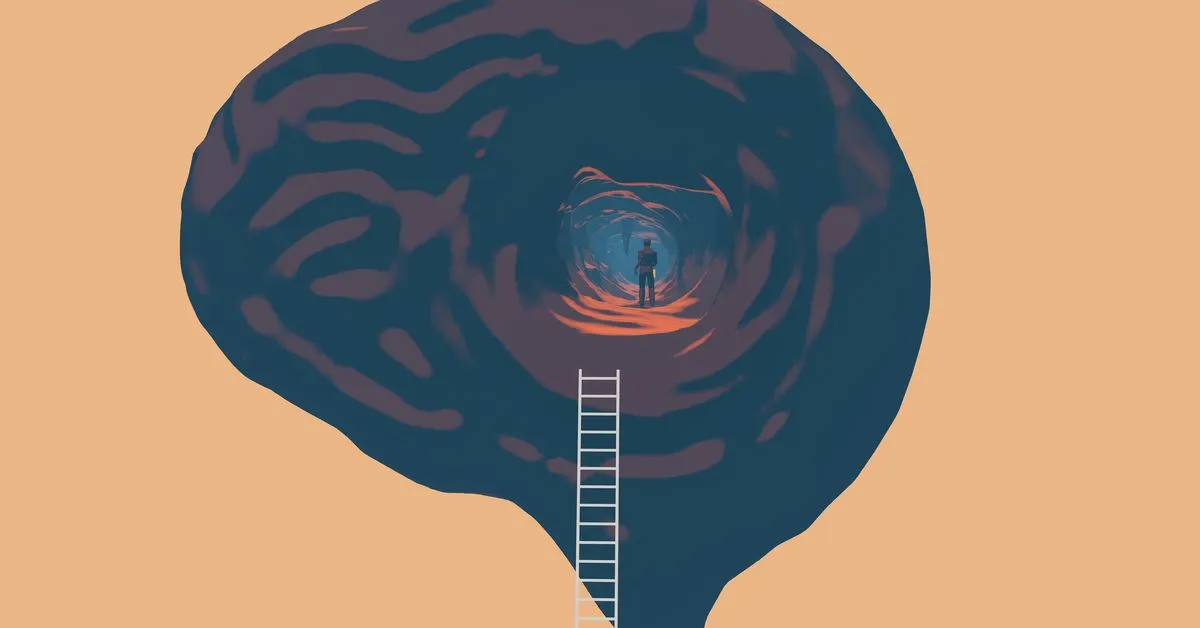As the years passed, Chalmers and Koch forgot about their bet, but in 2018, the science journalist Per Snaprud brought it back to their attention. A few years later, as part of a $20 million project supported by the Templeton World Charity Foundation, a series of “adversarial experiments” were designed to pit theories of consciousness against each other, including global workspace theory (GWT) and integrated information theory (IIT).
GWT imagines consciousness as a theater: The brain is populated by a crowd of local information streams, but only what gets broadcast to the whole crowd — put onstage — becomes conscious. IIT identifies consciousness with the degree of, yes, integrated information, represented by the Greek character phi (Φ). The more phi, the more consciousness.

Thank you for sharing this. The question of consciousness has always fascinated me.
Chalmers, too, reports plenty of progress, telling Nature that the problem of consciousness “has gradually been transmuting into, if not a ‘scientific’ mystery, at least one that we can get a partial grip on scientifically.”
I think this is where I stand currently, even as a fairly strict materialist. The fact there is any predictive power in some of these developing models shows that progress can and will be made toward answering this question. It’s just a question of how much we can know and how quickly our models can evolve.
I love any article that invokes Thomas Kuhn’s philosophy of science. It’s exciting to see scientists approaching a paradigm.


